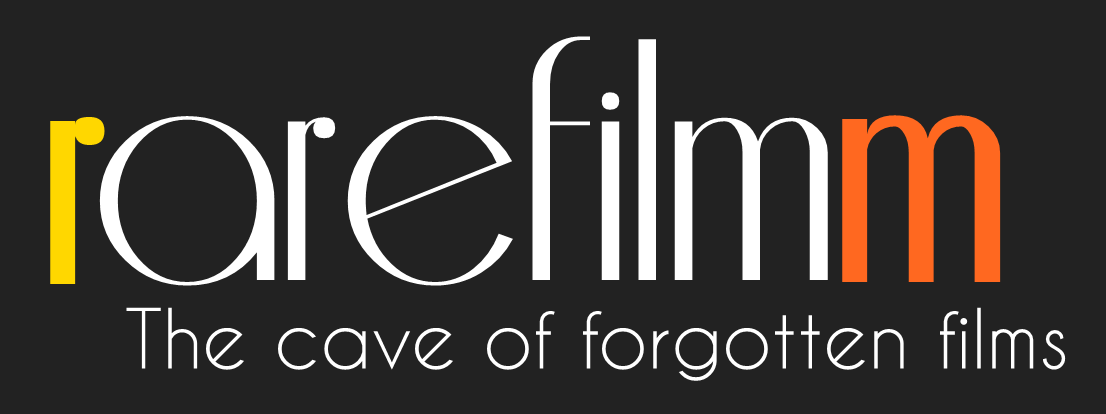Who Was Edgar Allan? is a television adaptation of Peter Rosei’s post-modern thriller of the same name in which a student travels to Venice to study against the wishes of his father and meets a mysterious figure who calls himself Edgar Allan. Mysterious deaths, all-seeing eyes, strange misunderstandings, and odd father figures are elements which structure Michael Haneke’s television-thriller. The director’s later concerns with media, invisibility, surveillance, and the bourgeois family are already present here.
Year: 2022
There can never be Too Much Harmony in a Bing Crosby picture, not even in a bucolic backstage musical like this. Crosby plays Eddie Bronson, a big-time singing star stranded in a one-horse town. Refusing to let any grass grow under his feet, Eddie combs through the local talent, discovering comedians Benny Day and Johnny Dixon and aspiring actress Ruth Brown. He brings his new protegees with him to Broadway, where Ruth becomes a huge success in spite of the machinations of prima donna Lucille Watson.
Guy, film critic for magazine Cahiers du Cinéma and terminal cinephile, plans to write about the Vittorio Cottafavi retrospective at the Alcazar, his local cinema. One day he notices that Jeanne, film critic of Postif, the rival magazine, seems to be following him. He is intrigued– is she interested in him, or planning to poach his praise for Cottafavi in her own article?
Yusuf, released from prison after having served a ten-year sentence, goes to Izmir to visit his sister. Facing past family troubles and having no other place to go, he settles down in a cheap, run-down hotel. Soon, his path crosses with that of a strange family. In Yusuf’s struggle to survive, Bekir, Ugur and their daughter, Cilem, are initially a glimpse of hope, which, later on, turns into a devastating destiny.
The Tin Woodman, framed by light bulbs, does a little dance, leaps and retrieves his axe from outside the frame, chops down a tree that turns into various objects, grabs a heart emblem from the corner, and goes to the Emerald City at night with Toto. He goes to the edge of a cliff, where he meats an Asian spirit who gives him a heart shape that becomes a kite that hooks to him with a cane. This is followed by approximately ten minutes of kaleidoscopic images, including a man’s hands, a dancing girl, and a cutout of Krishna.
Pixillation was one of the first collaborations between Lillian Schwartz and Ken Knowlton during their stint at Bell Labs using Knowlton’s self written computer animation language EXPLOR. Made in 1970 this 4 minute film crams in a spectacular amount of visual information, cutting from geometric sequences reminiscent of Cellular Automata to analogue sequences of organic forms – immersions of liquids and oils so favoured by the West Coast light show fanatacists around the same time.
Jimmy is a self-loathing and frustrated musician who works at a candy shop. He takes out his rage on his long suffering wife and his business partner and best friend, who lives next door. Jimmy’s marital problems come to a head when his wife discovers that she’s pregnant and one of her friends, an actress, comes to stay with them. Based on the play, the story takes place in England in the 1950’s.
The film tells about two brother doctors, one of whom operated on a boy, and the other assisted him. A blood transfusion was necessary and the surgeon poured the boy blood from the wrong group, as a result of which the boy died, and the brothers’ life changed. The first became a kerosene salesman, the second – the chairman of the City Council.
